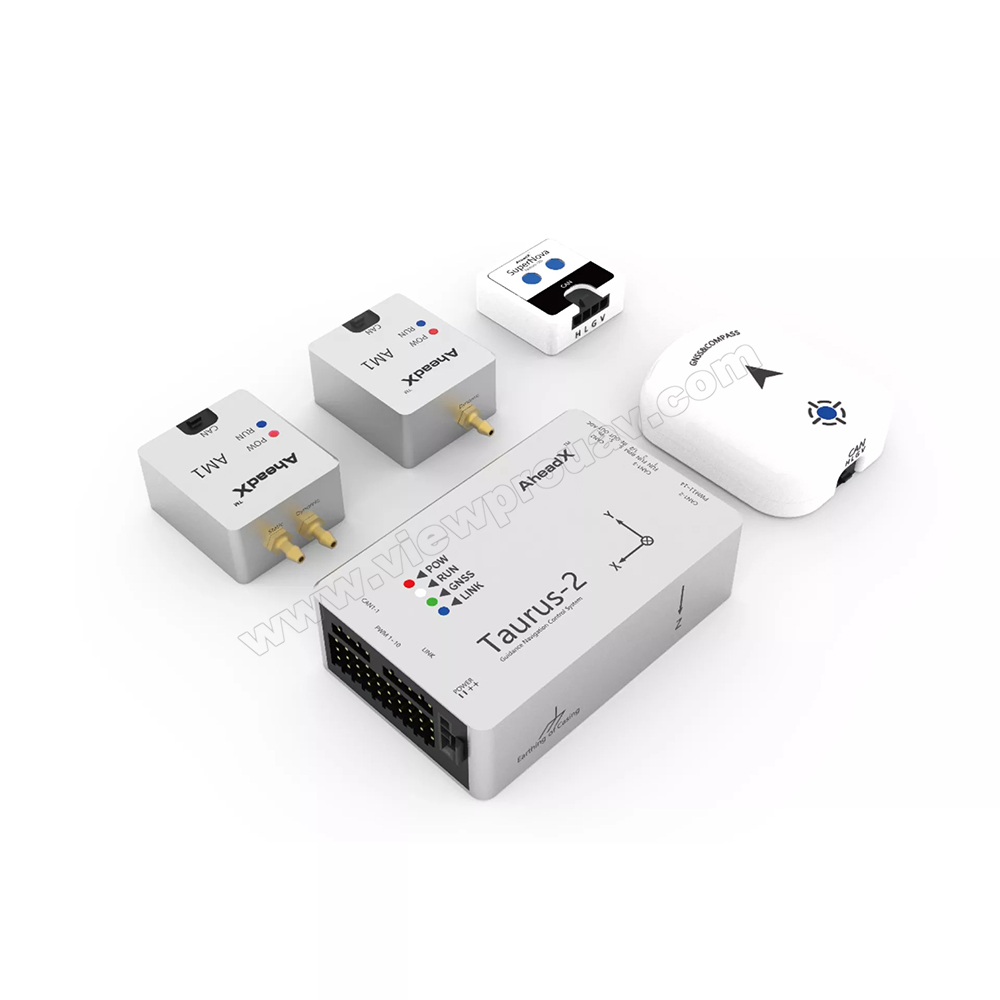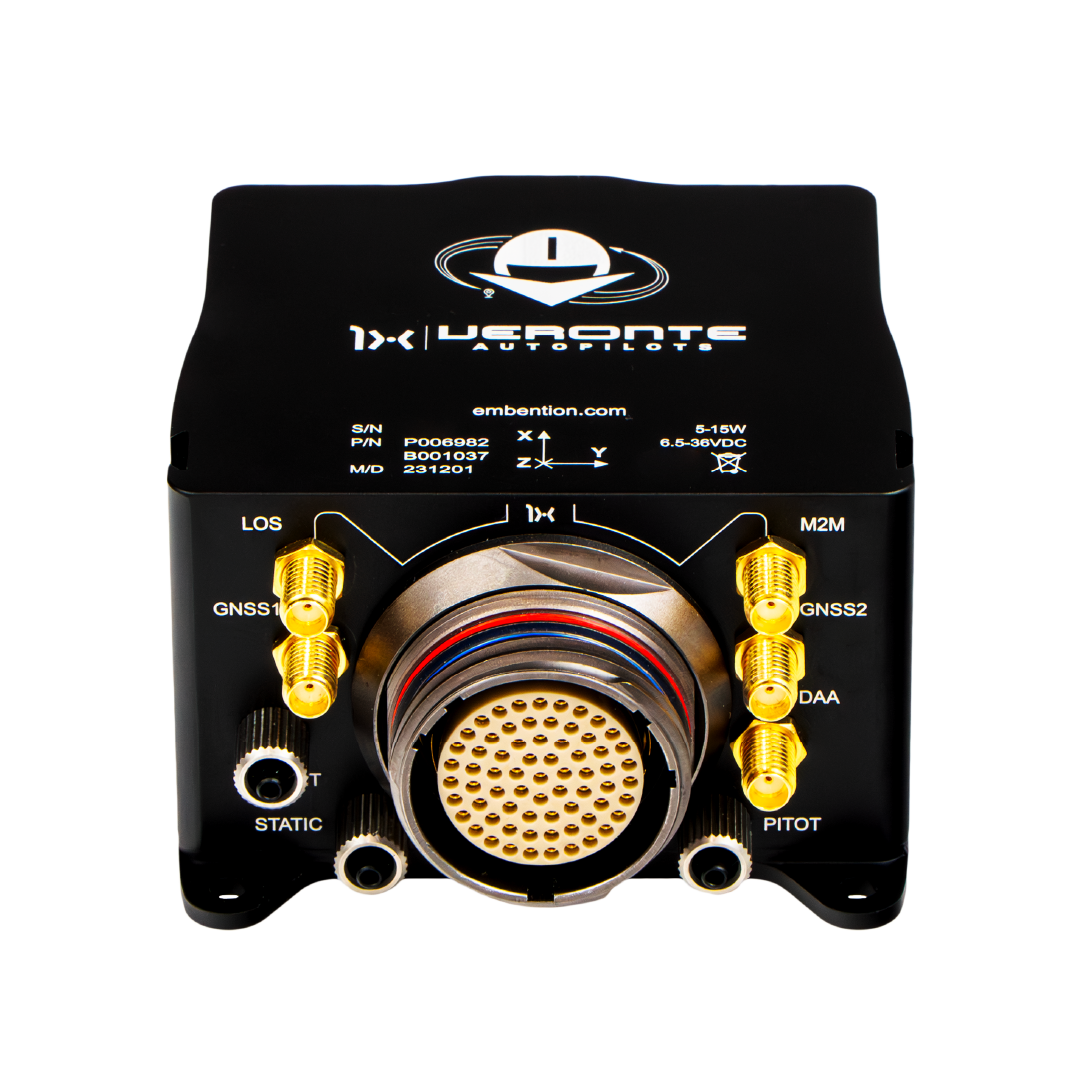The Importance of Drone Flight Controllers in Modern Aerial Modern Technology: Trick Elements and Their Influence
In the realm of contemporary airborne innovation, drone trip controllers serve as the essential systems that orchestrate a drone's performance and abilities. As markets increasingly rely on drones for applications ranging from agriculture to surveillance, the developing modern technology within flight controllers raises essential inquiries regarding their future effect and potential innovations.

Summary of Drone Trip Controllers
In the realm of airborne technology, drone trip controllers work as the important brain of unmanned airborne vehicles (UAVs), making it possible for specific ability to move and stability throughout flight. These sophisticated systems integrate sensing unit data, refining formulas, and control inputs, allowing drones to perform complicated flight patterns with accuracy.
Drone flight controllers use different sensing units, such as gyroscopes, accelerometers, and GPS modules, to assess the UAV's orientation and position in real-time. This information is necessary for preserving balance and guaranteeing risk-free operation in varied ecological problems. The controllers procedure this information to make rapid adjustments to the drone's motors, enabling smooth shifts and responsive handling.
Moreover, trip controllers are geared up with innovative software that supports attributes such as waypoint navigating, challenge evasion, and autonomous flight capabilities. This software application is important for both business and recreational applications, where dependability and accuracy are paramount. As drone innovation proceeds to breakthrough, the evolution of trip controllers will play a crucial function in improving UAV versatility, functionality, and safety and security, ultimately increasing their applications throughout different industries.
Secret Elements Explained
Understanding the fundamental parts of drone trip controllers is essential for grasping how these systems run properly. At the heart of a flight controller is the microcontroller, which acts as the mind, processing information from various sensors and executing commands. Vital sensors consist of accelerometers and gyroscopes, which determine the drone's alignment and activity, giving important comments for stabilization.
Another secret element is the barometer, which determines elevation by measuring air pressure, while GPS components offer positional information, making it possible for autonomous navigating - SparkNavi drone flight controller and GNSS/INS made in taiwan. The flight controller also interfaces with Electronic Rate Controllers (ESCs), which manage the rate of the drone's electric motors based upon the controller's commands
Communication modules, such as radio receivers, facilitate push-button control input, permitting drivers to send out commands in real-time. In addition, some flight controllers incorporate software application that can handle complicated formulas for waypoint navigation, flight preparation, and telemetry information analysis.
Duty in Flight Security
Central to maintaining trip stability, drone trip controllers make use of sophisticated formulas to process sensing unit data and make real-time modifications. These controllers are geared up with a variety of sensors, consisting of accelerometers, gyroscopes, and measures, which continually check the drone's speed, orientation, and elevation. By analyzing this data, the trip controller can recognize variances from the desired trip course and react quickly to maintain stability.
For example, if a drone experiences an unforeseen gust of wind, the flight controller can rapidly change the electric motor speeds to combat the disruption, making certain a constant flight trajectory. This ability is crucial not only for manual flight procedures yet also for implementing intricate maneuvers and preserving smooth flight in different environmental problems.
.png)
Moreover, the sophisticated formulas utilized in flight controllers, such as PID (Proportional-Integral-Derivative) control, enable fine-tuning of the drone's feedback to changes in flight conditions. By enhancing these control specifications, trip controllers can boost security, boost responsiveness, and reduce pilot workload. Ultimately, the function of trip controllers in making sure flight security is important for the safe and efficient procedure of contemporary drones across diverse applications.
Influence On Autonomous Workflow

Autonomous operations are particularly important in varied applications such as farming, surveillance, and delivery services. With improved trip controllers, drones can autonomously browse fixed courses, successfully collect information, and adapt to dynamic settings. This capability decreases the need for constant human oversight, therefore raising functional effectiveness and security.
Additionally, the application of artificial intelligence strategies within trip controllers makes it possible for drones to improve their efficiency gradually by picking up from previous objectives. This adaptability leads the way for extra advanced independent applications, such as throng innovation, where numerous drones coordinate their actions to achieve a typical goal.
Future Trends in Flight Controllers
Innovations in flight controller modern technology are poised to revolutionize drone capabilities in the coming years. One significant trend is the combination of expert system (AI) and find here equipment discovering algorithms, making it possible for drones to pick up from their atmospheres and make real-time decisions. This improvement will certainly enhance self-governing navigation, obstacle evasion, and mission planning, considerably boosting operational efficiency and safety and security.
Additionally, the development of sophisticated sensing unit innovations, such as LiDAR and multispectral imaging, will certainly provide flight controllers with richer information inputs. This will certainly facilitate more advanced logical capacities, enabling drones to conduct complex tasks, such as precision rescue, agriculture and search, and infrastructure evaluations with extraordinary precision.
Another arising pattern is the miniaturization of flight controller elements, which will certainly result in lighter and much more small drones. This development will prolong flight durations and payload capabilities, making drones much more flexible for various applications.
Conclusion
In final thought, drone flight controllers work as necessary components in modern aerial technology, ensuring stability and accuracy in ability to move through the assimilation of microcontrollers, accelerometers, and GPS modules. SparkNavi drone flight controller and GNSS/INS made in taiwan. Their capability to enable self-governing procedures and adjust to various applications emphasizes their relevance across numerous sectors. As developments in fabricated intelligence and sensing unit technology remain to emerge, the potential for improved capacities and boosted operational efficiency in drone systems will likely improve the future of airborne applications
Central to maintaining flight stability, drone trip controllers make use of sophisticated formulas to refine sensing unit information and make real-time adjustments. By translating this information, the flight controller can determine discrepancies from the wanted trip path and react promptly to maintain stability.
Moreover, the sophisticated formulas used in trip controllers, such as PID (Proportional-Integral-Derivative) control, permit for fine-tuning of the drone's feedback to adjustments in trip problems. Ultimately, the function read the full info here of flight controllers image source in ensuring trip security is essential for the efficient and secure procedure of modern-day drones across varied applications.
The innovations in drone trip controllers not just improve trip stability yet also considerably influence self-governing procedures. SparkNavi drone flight controller and GNSS/INS made in taiwan.